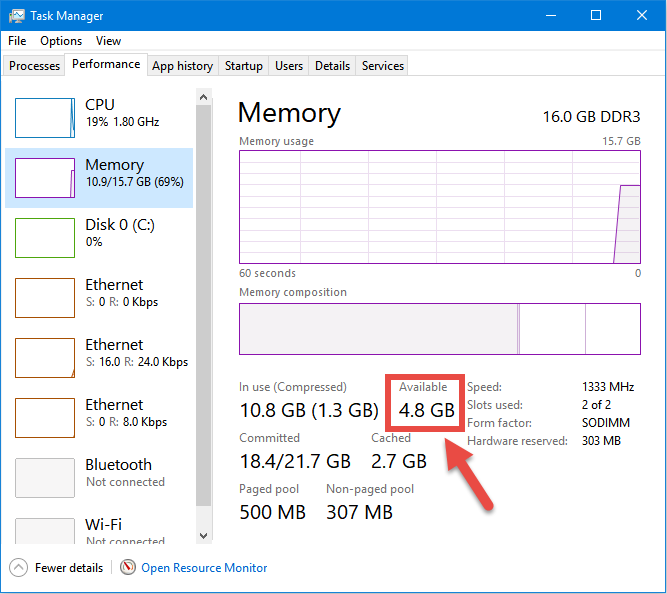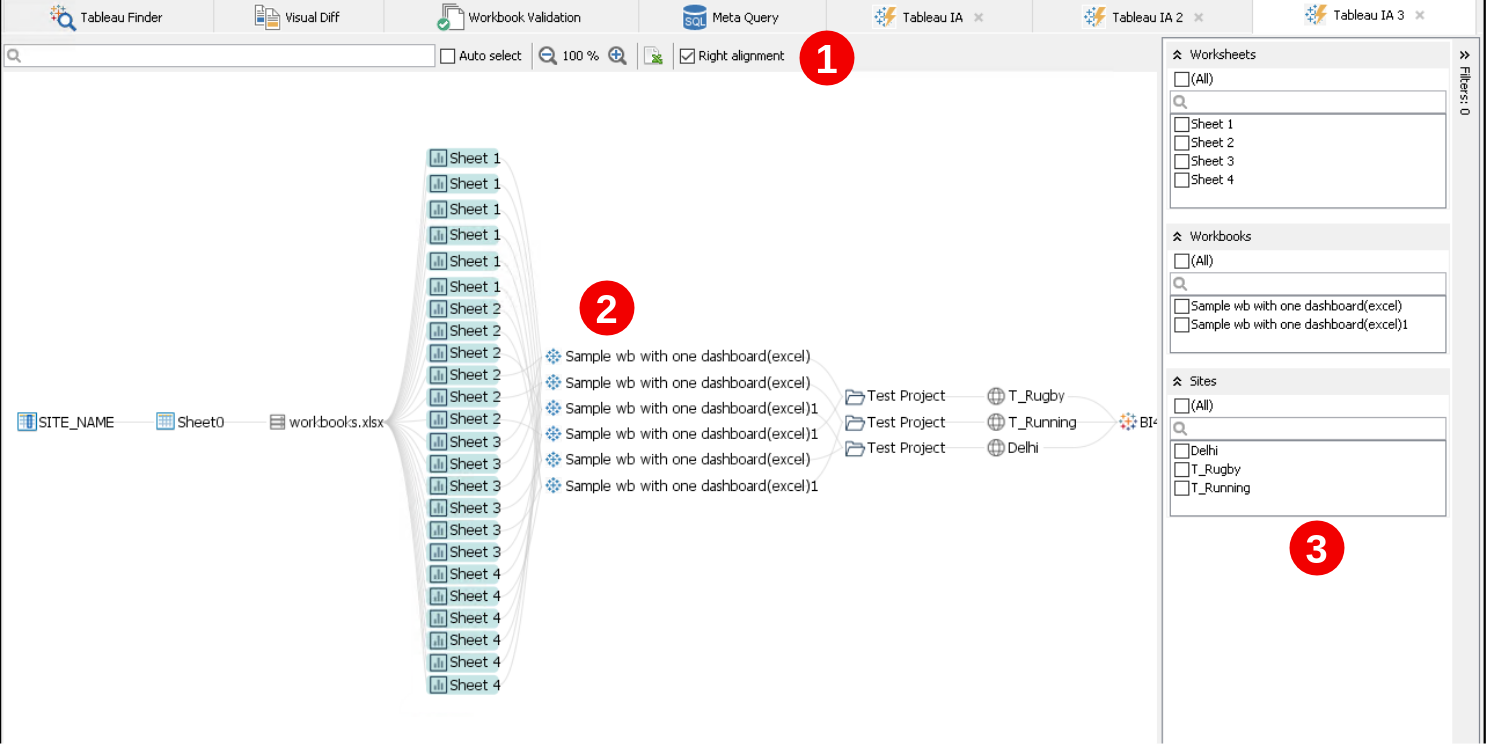Document Conventions
Infolytik technical publications follow a number of conventions.
Text Conventions¶
This documentation observes the following text formatting and typographic conventions:
-
The names of buttons, dialog windows, forms, and other UI elements are written in bold, for example: Tableau Explorer,
-
The special terms and text values are written in Italics, for example: workbooks,
-
Items selected on menus are written in bold and separated by a hyphen, for example: File - Open MetaMiner Log,
-
Bulleted (unordered) lists contain items that can be read or executed in any order,
-
Numbered (ordered) lists contain steps that must be performed in the exact sequence, otherwise the results can be unpredictable,
-
Code snippets (written using SQL, script languages, and so on) are formatted like this:
SELECT lastname, firstname FROM my.customer;and contain a special icon for copying to clipboard.
Admonitions¶
You will find the following types of notes throughout this documentation:
Tip
A tip provides additional information on a topic or an advice.
Note
A note asks for particular attention to it.
Question
A question displays a popular question and the answer.
Warning
A warning describes a very important concept that, if not followed carefully, could result in unwanted or incomplete results.
Danger
A danger marks potential risks and instructions how to avoid them.
An arrow > indicates that there is more content that will appear after you click the arrow:
Note with pop-up
Surprise!
More content here.
Illustrations¶
There are many illustrations inserted in MMTE documentation to help you understand how user interface (UI) looks and works. There are screen-shots of MetaMiner and Tableau windows and diagrams that visualize business processes.
Important areas or UI controls are highlighted with special effects, text, arrows, boxes, and so on, for example:

To annotate different areas of complex UI elements and/or diagrams, red numbers of this circle design:  are used, for example:
are used, for example:

There is a corresponding circle that will be found in complementary text that further describes the item or concept.